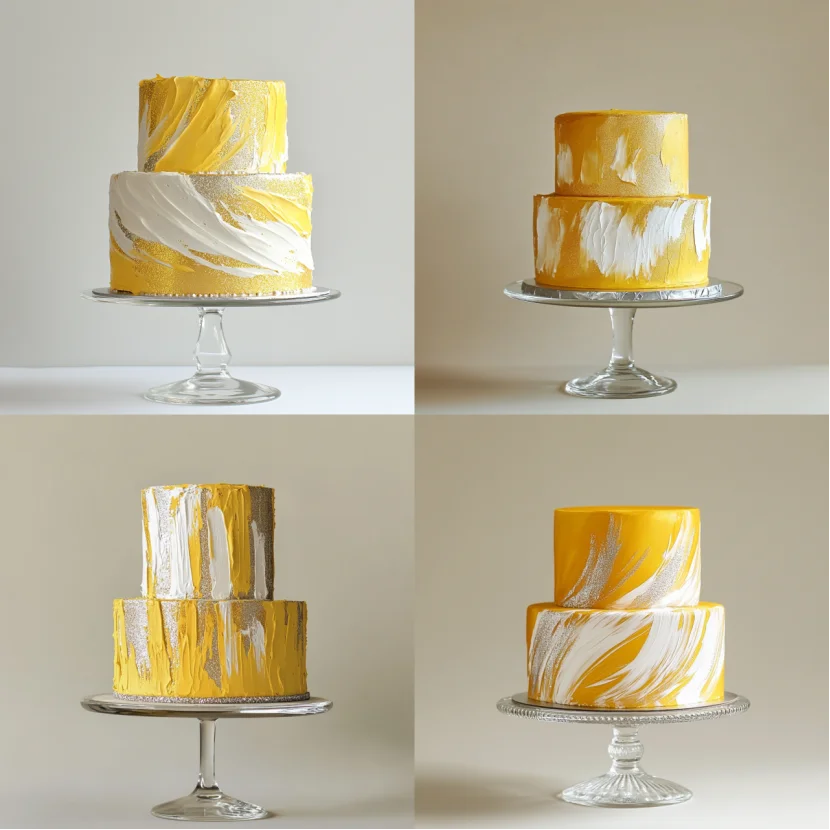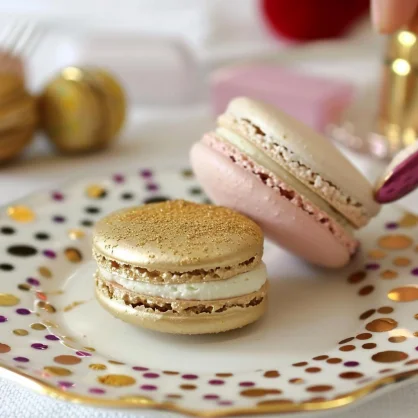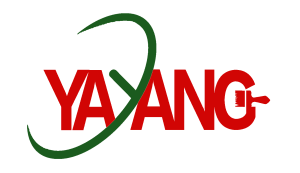Understanding Edible Glitter and Luster Dust
What is Edible Glitter?
Edible glitter is a decorative item for food. It aims to bring sparkle and brilliance to a variety of dishes. This product uses safe-to-eat components like sugar, cornstarch, and permitted colorings. Unlike glitter meant for crafts, which isn’t safe to eat, edible glitter is crafted for ingestion without risk. It offers many shades and styles. This gives cooks countless ways to boost the look of their creations.
Types of Edible Glitter Available
Several kinds of edible glitter exist on the market. Each has its own special traits:
- Standard Edible Glitter: Made from sugar or gum arabic, this type comes in numerous hues. It adds a gentle gleam to sweets and pastries.
- Disco Dust: Famous for its bold shine, disco dust uses bigger bits. These create a striking look. It’s perfect for big events needing a wow factor.
- Petal Dust: Less glossy than others, petal dust provides flat tones. These are great for giving depth to flower designs on cakes.
- Sparkle Dust: Mixing shine and vivid color, sparkle dust is adaptable. It suits many uses well.
Safety Considerations for Edible Glitter
Safety is key when using edible glitter. Here are some vital tips:
- Make sure the label says “edible” or “food-grade.” Don’t use craft glitters not meant for eating.
- Look at the ingredients. Check for allergens or items you want to steer clear of.
- Use it lightly. Too much can change the taste or feel of the food.
- Keep edible glitter in a cool, dry spot. This keeps it safe and good to use over time.
The Art of Applying Luster Dust
Different Forms of Luster Dust

Luster dust comes in various types. Each has unique features:
- Dry Luster Dust: This is a fine powder. You can brush it on for a light glow.
- Liquid Luster Dust: Mix dry dust with alcohol or lemon extract. This makes a liquid you can paint or spray on easily.
- Compressed Luster Dust: Sold as a solid cake, this kind works with a wet brush. It’s good for exact details.
Techniques for Applying Luster Dust on Food
Using luster dust takes practice and imagination. Here’s how to get the look you want:
- Brushing: Take a soft brush. Lightly sweep dry luster dust onto fondant or chocolate. This adds highlights or soft touches.
- Airbrushing: Blend luster dust with alcohol or a safe liquid. Spray it with an airbrush tool. This covers big areas evenly.
- Painting: Mix luster dust with clear alcohol. This makes edible paint. Use small brushes for detailed designs on cookies or cakes.
Safety Guidelines for Using Luster Dust
To use luster dust safely:
- Confirm it’s marked “edible” or “food-safe.”
- Don’t breathe in the powder while working.
- Apply just a little. Too much can affect taste or texture.
- Follow the maker’s advice on storing it and how long it lasts.
Creating Visual Appeal with Edible Glitter
Choosing the Right Color Combinations
Picking the best colors can lift your food’s appeal:
- Think about colors that contrast well. These catch the eye.
- Go for single-color themes for a classy, refined look.
- Try bright shades for fun events like birthdays or holidays.
Enhancing Food Presentation with Glitter
Edible glitter turns plain dishes into stunning ones:
- Dust glitter on frosted cupcakes or cookies. It adds a twinkle.
- Focus glitter on parts of desserts. This makes them stand out.
- Rim drink glasses with sugar and glitter. Or stir it into clear drinks like champagne. It creates a magical swirl.

Tips for Balancing Aesthetics and Flavor
Looks matter with edible glitter. But taste must stay good too:
- Use thin layers. This keeps flavors intact.
- Match glitter colors to tastes, like gold with caramel.
- Save bold sparkles like disco dust for rare uses. They shine without taking over.
Innovative Uses of Edible Glitter in Culinary Creations
Incorporating Glitter in Desserts
Desserts are ideal for showing off edible glitter’s dazzle. A wedding cake or basic cupcakes can shine with it. Sprinkle standard glitter on chocolate ganache for a fancy touch. Disco dust can spotlight sugar art or fondant details. It makes them pop. For a gentle effect, petal dust adds soft flower accents. These bring depth and charm.
Using Glitter in Beverages for a Sparkling Effect
Drinks offer a fun way to use edible glitter. A bit of shine can make them special. Rim cocktail glasses with sugar and glitter for extra style. Or add a dash to clear drinks like lemonade. It swirls as it settles. This trick works great at weddings or festive parties where looks matter.
Unique Applications in Savory Dishes
Edible glitter isn’t just for sweets. It can surprise in savory foods too. Picture an appetizer tray with shiny cheese or olives. The sparkle delights guests. Brush luster dust on grilled meats or roasted veggies. It gives a rich finish without masking their taste. These ideas show glitter’s range across all kinds of dishes.
DIY: Making Your Own Edible Glitter at Home
Ingredients Required for Homemade Edible Glitter
Making edible glitter yourself is enjoyable and saves money. You’ll need granulated sugar, cornstarch, and food coloring. Adjust the shade and size to fit your project.
Step-by-Step Process to Create Edible Glitter
- Mix Ingredients: Blend equal amounts of sugar and cornstarch in a bowl.
- Add Color: Slowly mix in food coloring. Stop when you like the hue.
- Bake: Spread the mix thin on a parchment-lined tray.
- Heat: Bake at 350°F (175°C) for 10 minutes or until dry.
- Cool and Crush: Let it cool fully. Then break it up with a mortar or blender.
Storage Tips for Homemade Edible Glitter
Keep your homemade glitter fresh. Store it in a sealed container. Keep it away from dampness and sunlight. This keeps it bright and ready for your next idea.
Regulatory Standards and Compliance for Edible Decorations
Understanding FDA Regulations on Edible Decorations
Rules matter when using edible glitter and luster dust. The U.S. Food and Drug Administration (FDA) oversees food additives. It sets strict rules for safety and labeling. Companies must follow these to protect eaters.
Ensuring Quality and Safety in Food Products
To keep edible decorations safe and good:
- Check that they’re labeled “edible” or “food-grade.”
- Buy from trusted sellers who meet standards.
- Stick to the maker’s serving size limits.
- Stay updated on rule changes for food decorations.
Following these steps lets you use glitter safely. It keeps your dishes both pretty and healthy.
For custom options suited to your cooking needs, check out YAYANG customization services today!
Frequently Asked Questions (FAQs)
What makes edible glitter different from regular craft glitter?
Edible glitter uses food-safe ingredients you can eat. Craft glitter might have harmful stuff if swallowed by mistake.
Can I use any type of luster dust on my baked goods?
Always pick ones labeled “edible.” Never use non-food-grade kinds. They could be risky to health.
How do I store unused portions after opening packages containing these decorative powders?
Seal them tight. Keep them in a cool, dry place away from sunlight. This keeps them good for longer.
Are there any dietary restrictions associated when utilizing such embellishments within recipes?
Look at the ingredients first. Spot any allergens or issues to avoid trouble for your guests.
Where can I find reliable sources offering high-quality customizable options tailored needs preferences alike?
Explore YAYANG customization services. They offer unique solutions for all your needs with great results every time!
